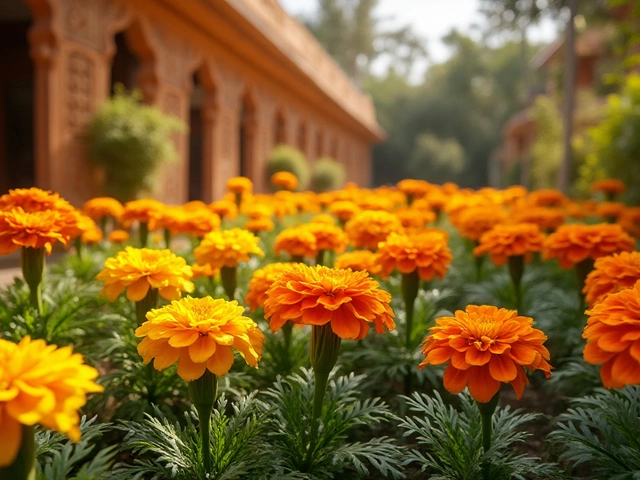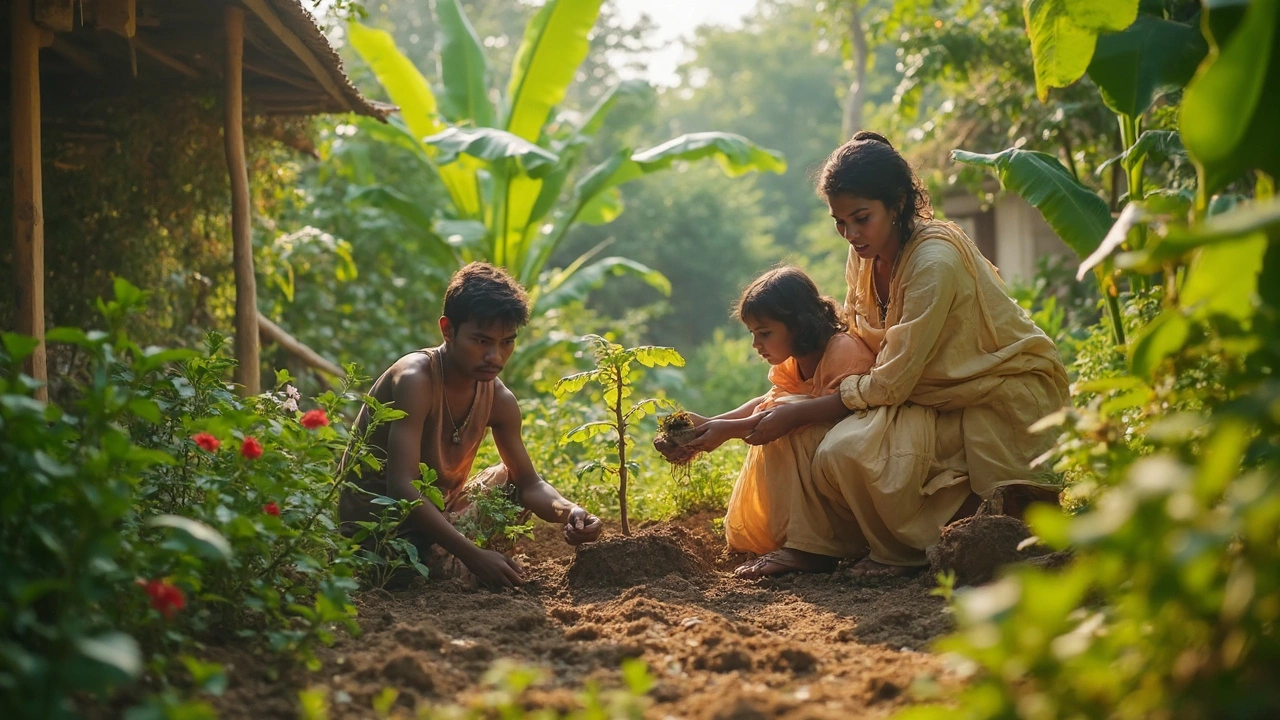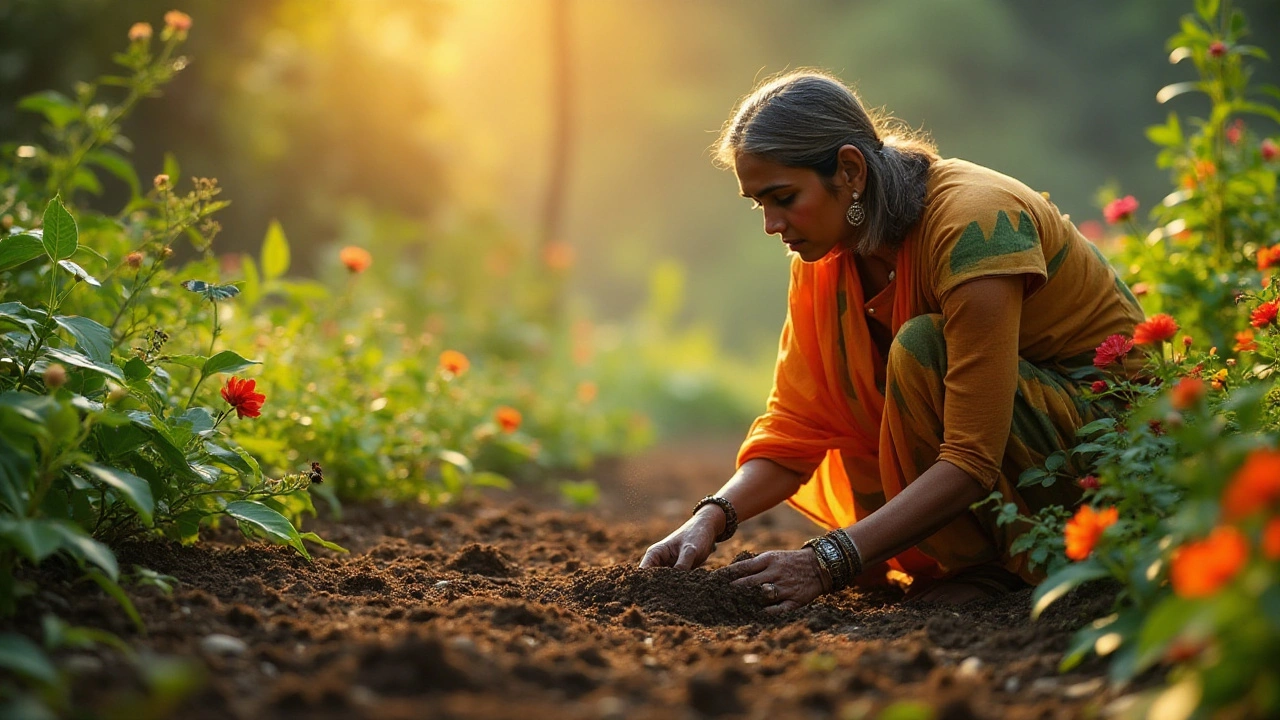Biodiversity: The Secret Sauce for a Thriving Indian Garden
Ever wondered why some gardens seem to bounce back after a drought or pest invasion while others wilt? The difference is often the level of biodiversity. In simple terms, biodiversity means having a mix of plants, insects, birds, and microbes working together. When you invite more life into a garden, you create a natural support system that feeds itself.
Why Biodiversity Matters in Your Garden
More species = more services. A variety of flowering plants provides food for bees, butterflies, and beneficial insects that hunt pests. Native grasses and trees offer shelter for birds that eat harmful bugs. Soil microbes break down organic matter, releasing nutrients that keep plants vigorous. All these relationships reduce the need for synthetic fertilizers and chemical pesticides, saving you money and keeping the environment healthy.
In India’s diverse climates, using plants that are adapted to local conditions is a game‑changer. For example, planting Neem or Arjun trees attracts predatory insects that control aphids on nearby vegetables. Likewise, intercropping legumes with cereals improves soil nitrogen, boosting the yield of both crops without extra inputs.
Easy Ways to Build Biodiversity Today
1. Mix plant types: Combine tall, medium, and low‑growing species. A row of sunflowers beside marigold and basil creates layers that attract different pollinators.
2. Choose natives: Native plants like Hibiscus rosa-sinensis, Indian jasmine, and Calotropis are already tuned to local rain patterns, soil, and pests. They need less water and fewer chemicals.
3. Practice companion planting: Pair “sister plants” that benefit each other. For instance, planting garlic next to tomatoes naturally repels spider mites, while the tomatoes provide shade for the garlic’s roots.
4. Provide habitats: Add a small rock pile, a shallow water dish, or a birdbath. These simple features become homes for beneficial insects, frogs, and birds that keep pest populations in check.
5. Use organic mulches: Straw, compost, or coconut coir mulch retains moisture, improves soil structure, and feeds soil microbes. Healthy microbes mean stronger plant roots and better disease resistance.
Our tag page also features posts that can help you dive deeper. “Sustainable Gardening: Tips to Make Your Garden Eco‑Friendly and Self‑Sufficient” walks you through water‑saving tricks and composting basics. “Sister Plants: The Science and Benefits of Companion Planting for Gardeners” gives you specific pairings for Indian vegetables. And “Plants That Hate Coffee Grounds” warns you about common mistakes that can harm biodiversity.
Start small. Pick three native flowers for your front yard, add a bird feeder, and sprinkle a handful of compost around your vegetable beds. Watch how bees start visiting, how the soil darkens, and how you need fewer sprays. In a few weeks you’ll see that a diverse garden not only looks prettier but also works harder for you.
Remember, biodiversity isn’t about turning your garden into a wild jungle. It’s about smart choices that layer life, boost resilience, and make gardening a joy rather than a chore. Give these tips a try and let nature do the heavy lifting for your garden’s success.
Ecosystem Garden: How to Build a Self-Sustaining Backyard Habitat
Building an ecosystem garden turns your backyard into a mini nature sanctuary. By copying how nature works, you invite wildlife, save water, and skip harsh chemicals. This guide breaks down the steps, from planning to planting, for any size yard. Discover practical tips, smart plant choices, and small changes with a big impact. Get ready to create a space that feels wild and alive, right outside your door.
Unlocking the Secrets of Regenerative Gardening for a Greener Planet
Regenerative gardening is a holistic approach that aims to rejuvenate ecosystems through mindful gardening practices. By focusing on soil health, plant diversity, and ecosystem relationships, gardeners can create lush and productive spaces that benefit the environment. This method relies on understanding and nurturing natural cycles, ensuring that gardens not only sustain themselves but also contribute positively to their surroundings. With simple techniques and a dedication to natural processes, regenerative gardening can transform any patch of green into a bastion of ecological well-being.
About
Sustainable Gardening
Latest Posts
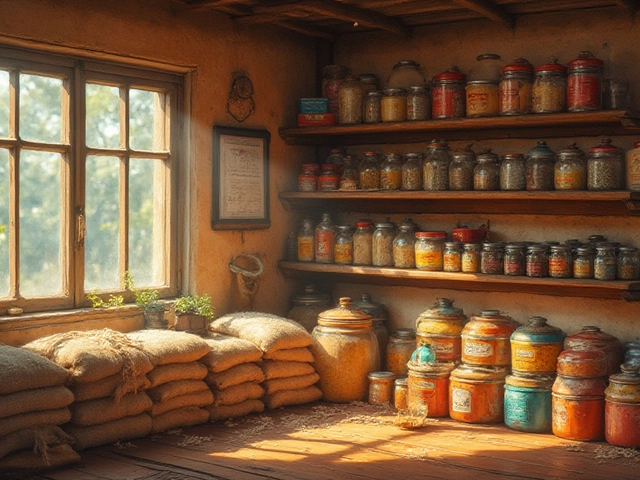

Best Garden Tools: Discover the Top 9 Essentials You Need
By Alden Thorne Mar 15, 2025
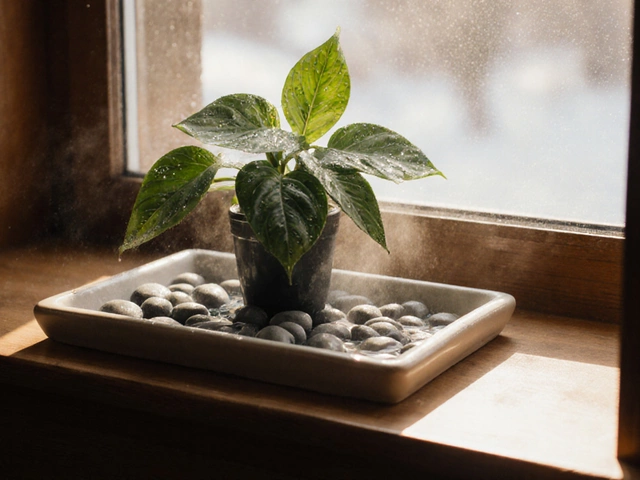
What Plants Benefit from a Pebble Tray? A Practical Guide for Indoor Plant Care
By Alden Thorne Nov 8, 2025
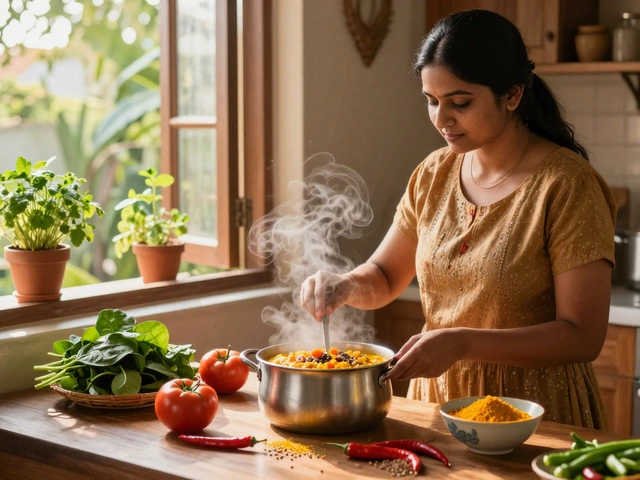
Why Is So Much of India Vegetarian?
By Alden Thorne Dec 5, 2025
